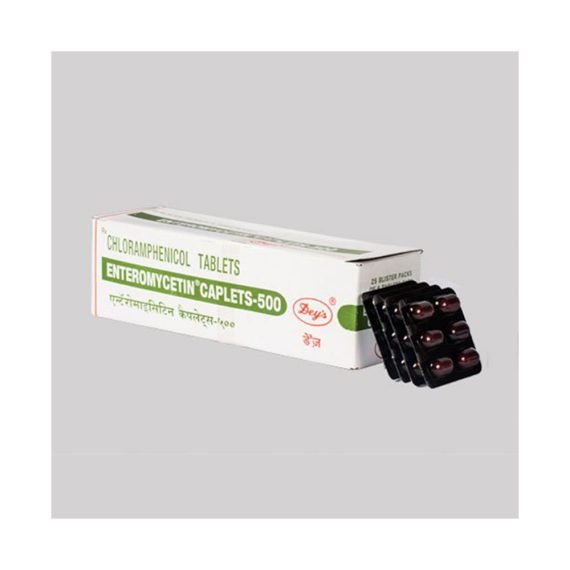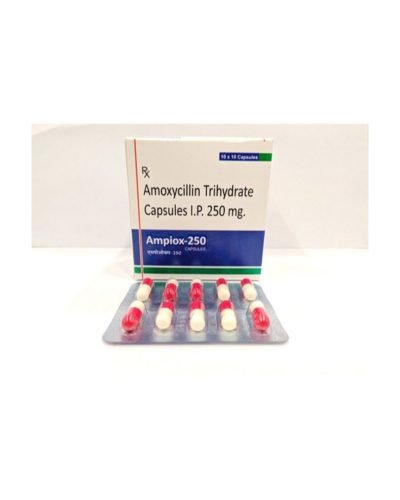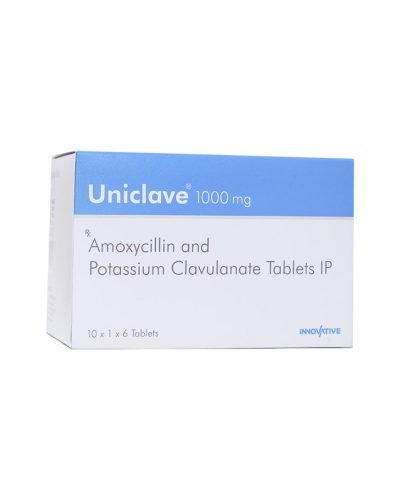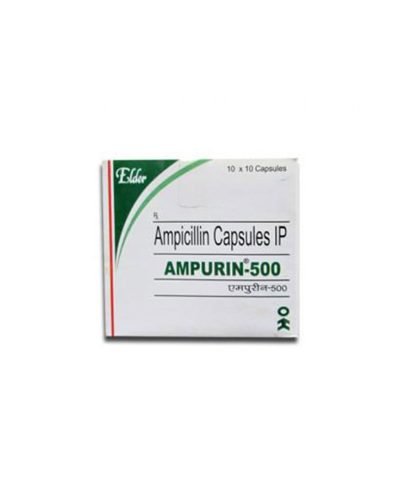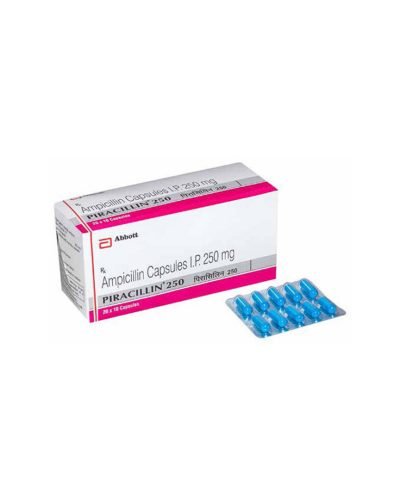Enteromycetin – Chloramphenicol Tablet
Description
In the realm of antibiotics, Chloramphenicol 500mg Enteromycetin Exporter stands as a stalwart, offering a reliable defense against a variety of bacterial infections. This article explores the significance of Chloramphenicol 500mg Enteromycetin, its uses, benefits, and potential side effects.
Understanding Chloramphenicol
Chloramphenicol is an antibiotic known for its broad-spectrum capabilities. First discovered in the 1940s, it falls under the category of “amphenicols.” Chloramphenicol is effective against a wide range of bacteria, making it a vital tool in the fight against numerous bacterial infections. The Chloramphenicol 500mg Enteromycetin tablet is a common formulation used to deliver this antibiotic.
Uses of Chloramphenicol 500mg Enteromycetin
- Treatment of Bacterial Infections: Chloramphenicol 500mg Enteromycetin tablets are primarily prescribed for a wide range of bacterial infections. This includes respiratory tract infections, skin and soft tissue infections, urinary tract infections, and certain eye infections.
- Typhoid Fever: Historically, Chloramphenicol has been used to treat typhoid fever, which is caused by Salmonella Typhi. It’s essential to note that recent recommendations lean towards alternative antibiotics due to concerns regarding Chloramphenicol resistance.
- Meningitis: Chloramphenicol can be effective in the treatment of bacterial meningitis, a severe infection of the membranes surrounding the brain and spinal cord.
- Rickettsial Infections: This antibiotic is used for diseases caused by Rickettsia bacteria, including Rocky Mountain spotted fever.
Benefits of Chloramphenicol 500mg Enteromycetin
- Broad-Spectrum Antibiotic: Chloramphenicol is effective against a wide range of bacteria, which makes it a versatile choice for treating various infections.
- Low Resistance: In comparison to some antibiotics, Chloramphenicol has relatively low levels of resistance among bacteria. This means it can still be effective when other antibiotics fail.
- Ease of Administration: Chloramphenicol 500mg Enteromycetin tablets are generally well-tolerated and can be taken orally, providing convenience to patients who cannot receive intravenous antibiotics.
- Cost-Effective: Chloramphenicol is often more affordable than newer antibiotics, which can be particularly beneficial for individuals with limited access to healthcare.
Potential Side Effects
While Chloramphenicol 500mg Enteromycetin tablets are effective, they can cause various side effects, including:
- Bone Marrow Suppression: Chloramphenicol can affect the bone marrow, potentially leading to anemia and other blood-related issues. Regular blood tests may be necessary during treatment.
- Gray Baby Syndrome: This is a rare but severe side effect that can occur in newborns when high doses of Chloramphenicol are used. Symptoms may include vomiting, a grayish or bluish skin color, and severe difficulty in breathing.
- Allergic Reactions: Like all medications, Chloramphenicol can cause allergic reactions in some individuals. Seek immediate medical attention if you experience hives, difficulty breathing, or swelling of the face, lips, tongue, or throat.
- Gastrointestinal Distress: Common side effects include nausea, vomiting, and diarrhea.
Conclusion
Chloramphenicol 500mg Enteromycetin is a vital player in the battle against bacterial infections, despite potential side effects and limited use for specific conditions. Patients should always consult their healthcare providers before starting any antibiotic treatment to determine the most appropriate and effective course of action. Using antibiotics responsibly by completing the prescribed course and never sharing antibiotics with others is crucial. Antibiotic resistance is a growing concern, and by using Chloramphenicol and other antibiotics judiciously, we can help slow this troubling trend and ensure that these medications remain effective for future generations.

